Istanbul’s traditional markets represent centuries of commercial tradition, where the city’s position as a bridge between Europe and Asia created some of the world’s most vibrant trading centers. These bustling bazaars and markets continue to operate much as they have for hundreds of years, with merchants selling everything from handwoven carpets to exotic spices in atmospheric settings that transport visitors back in time.
The narrow lanes and vaulted ceilings of these markets create an immersive shopping experience unlike anything found in modern malls. Each market has developed its own specialty and character over the centuries, reflecting the diverse communities and trades that have called Istanbul home.
Here is a list of 19 traditional markets in Istanbul’s historic quarters.
Grand Bazaar
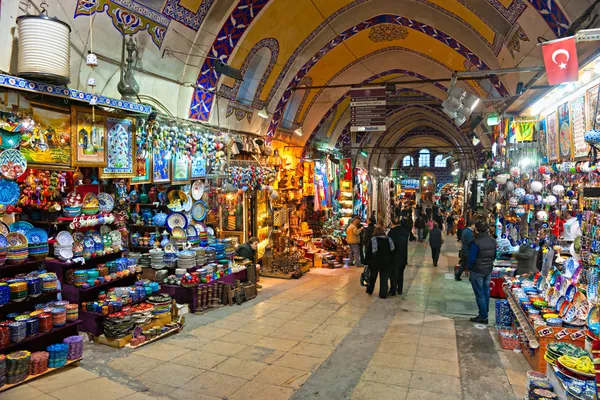
The Grand Bazaar stands as one of the oldest and largest covered markets in the world, with over 4,000 shops spread across 61 streets under magnificent stone arches. This 15th-century marvel houses everything from jewelry and carpets to leather goods and ceramics, with many shops run by families who have operated in the same location for generations.
The market’s labyrinthine layout rewards exploration, with hidden courtyards, traditional coffee houses, and workshops where craftsmen still practice ancient techniques.
Spice Bazaar
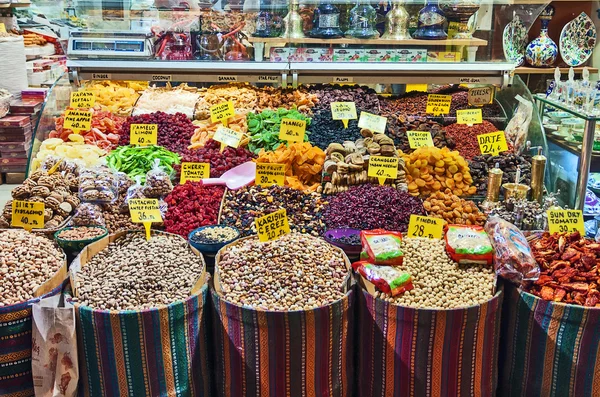
The Egyptian Bazaar, commonly known as the Spice Bazaar, fills the air with the intoxicating aromas of cardamom, saffron, and Turkish delight from dozens of specialized vendors. Built in the 17th century to finance the nearby New Mosque, this L-shaped market continues to serve as Istanbul’s primary destination for culinary ingredients and traditional sweets.
The colorful displays of spices, nuts, and dried fruits create a feast for the eyes, while knowledgeable merchants offer samples and cooking advice to curious visitors.
Like Travel Pug’s content? Follow us on MSN.
Mahmutpasha Bazaar
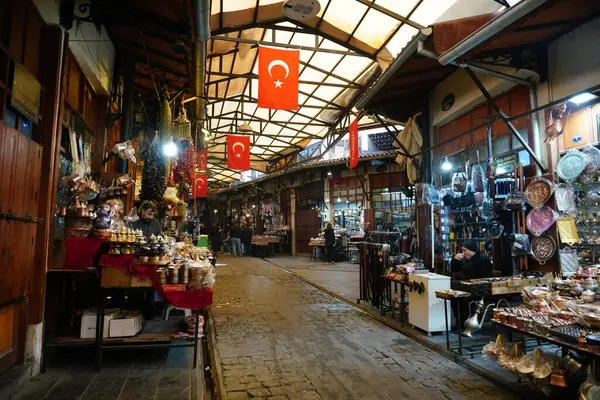
This covered market connects the Grand Bazaar to the Spice Bazaar through a network of historic streets lined with textile shops and wholesale clothing vendors. The area maintains its reputation as Istanbul’s fabric district, where tailors and designers come to source materials ranging from traditional Ottoman silks to modern fashion fabrics.
The market’s location between two major tourist attractions means it caters to both locals seeking everyday goods and visitors looking for unique souvenirs.
Arasta Bazaar
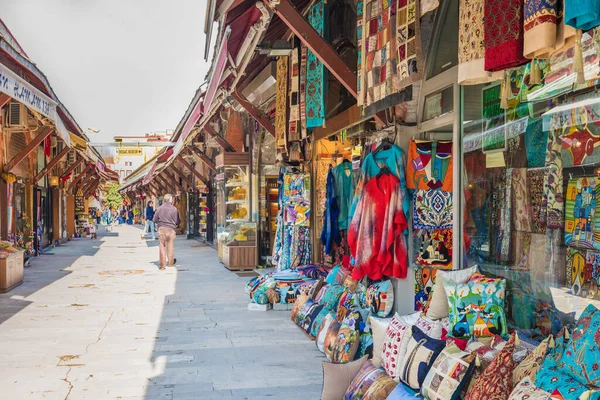
Tucked behind the Blue Mosque, this smaller bazaar specializes in high-quality handicrafts and traditional Turkish arts in a more intimate setting compared to the larger markets. The restored Ottoman-era shops feature carpets, ceramics, and textiles selected for their authenticity and craftsmanship rather than mass appeal.
The bazaar’s proximity to major historical sites makes it a convenient stop for visitors who want to shop for quality items without navigating the crowds of the Grand Bazaar.
Sahaflar Book Market
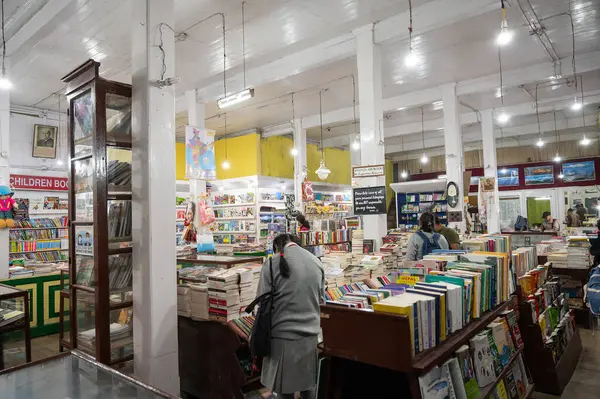
The historic book market near the Grand Bazaar has served scholars and book lovers for over 500 years, with tiny shops crammed full of rare manuscripts, antique maps, and vintage publications. Many vendors specialize in specific subjects like Islamic calligraphy, Ottoman history, or vintage postcards of Istanbul, creating a treasure hunt atmosphere for bibliophiles.
The market demonstrates Istanbul’s long tradition as a center of learning and scholarship, with some shops housing books that date back centuries.
Like Travel Pug’s content? Follow us on MSN.
Tahtakale Commercial District
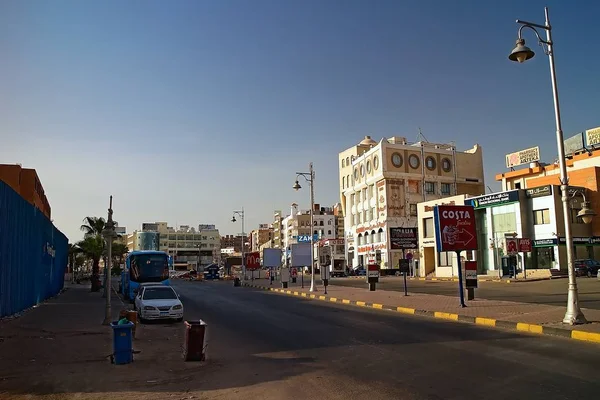
This sprawling wholesale market area supplies retailers throughout Turkey with everything from household goods to party supplies in a maze of streets that may be overwhelming to first-time visitors. The district operates on a different schedule than tourist-focused markets, with early morning deliveries, bulk purchases, and serious business negotiations taking place among the organized chaos.
Residents come here for the best prices on everything from kitchen equipment to clothing, making it an authentic slice of Istanbul’s commercial life.
Kapalıçarşı Antique Section
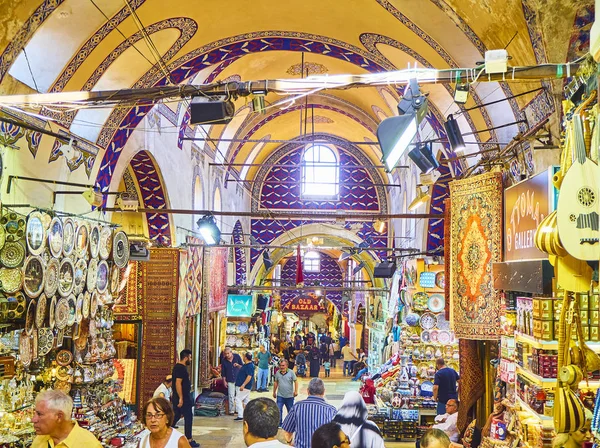
Within the Grand Bazaar, specialized antique dealers occupy some of the most prestigious locations, offering Ottoman artifacts, vintage jewelry, and rare collectibles to serious collectors. These shops require a different approach than typical bazaar shopping, with knowledgeable dealers who can authenticate pieces and provide historical context for their wares.
The antique section attracts both museum curators and private collectors seeking genuine pieces from Turkey’s rich cultural heritage.
Balat Flea Market
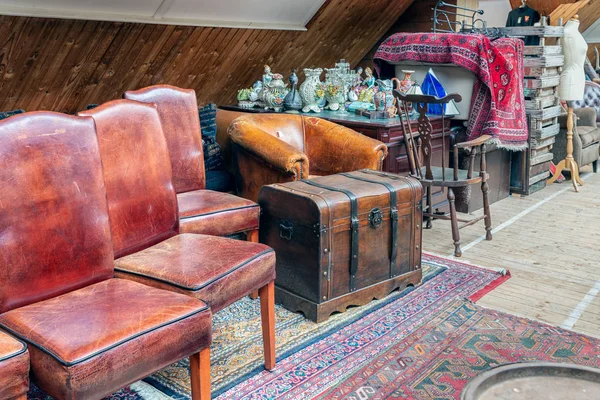
The historic Balat neighborhood hosts a weekend flea market where locals sell vintage household items, used books, and family treasures in an authentic community atmosphere. This market reflects the area’s diverse history, with Jewish, Greek, and Turkish families contributing to a mix of cultures that appears in the merchandise and food offerings.
The market provides insight into how ordinary Istanbul residents live, away from the tourist-focused bazaars of the historic peninsula.
Like Travel Pug’s content? Follow us on MSN.
Eminönü Fish Market
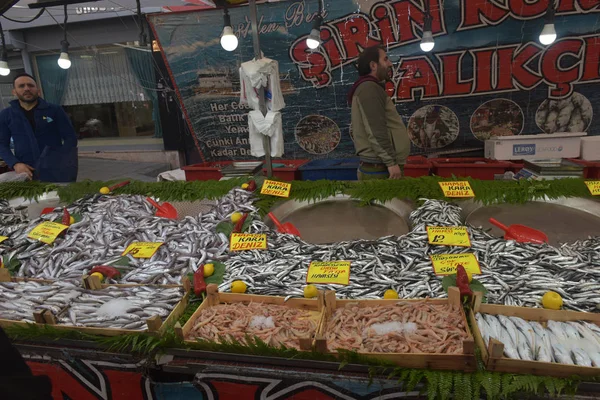
Near the Golden Horn, this traditional fish market continues to supply Istanbul’s restaurants and households with fresh seafood caught in the Bosphorus and surrounding waters. The market operates on the rhythm of the fishing boats, with the best selection available in the early morning hours when the catch arrives from overnight trips.
Vendors here possess encyclopedic knowledge of fish preparation and can recommend the best choices based on season, cooking method, and budget.
Kadıköy Produce Market
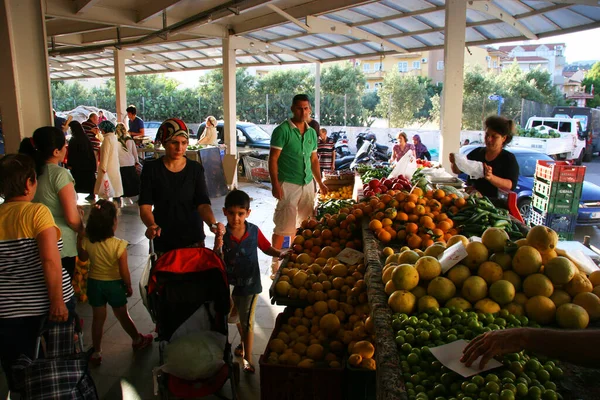
On the Asian side of Istanbul, this neighborhood market serves local residents with fresh fruits, vegetables, and specialty foods in a setting that feels more like a small town than a major city. The covered sections protect shoppers from the weather while maintaining an open-air atmosphere, with vendors calling out the day’s specials and prices.
The market demonstrates how traditional shopping continues to thrive alongside modern supermarkets, with many Istanbul residents preferring the quality and personal service of market vendors.
Beyazıt Square Book Stalls
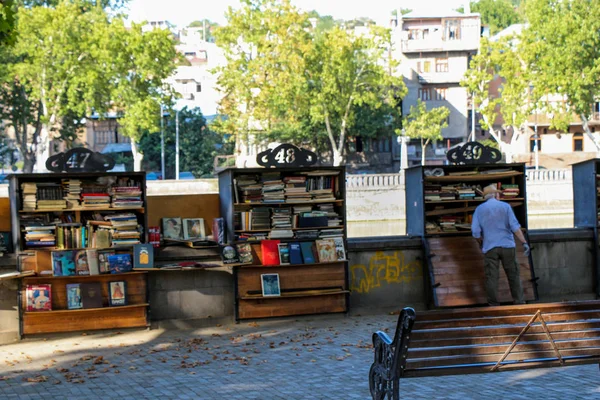
The outdoor book stalls around Beyazıt Square offer an eclectic mix of used books, academic texts, and political publications that reflect Istanbul’s intellectual traditions. University students and professors frequent these stalls looking for rare academic works and out-of-print editions at affordable prices.
The sellers often possess impressive knowledge of literature and philosophy, turning book purchases into educational conversations about Turkish and world culture.
Like Travel Pug’s content? Follow us on MSN.
Üsküdar Traditional Bazaar
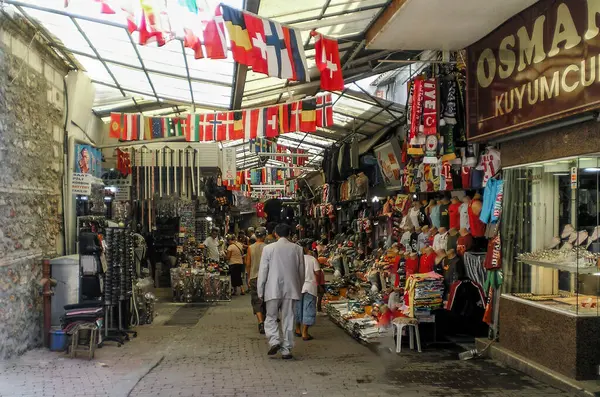
This Asian-side market maintains a distinctly local character, serving the residential neighborhoods around Üsküdar with daily necessities and traditional goods. The market’s layout follows centuries-old patterns, with different sections devoted to specific types of merchandise like textiles, housewares, and food items.
The area provides an authentic shopping experience away from tourist crowds, where bargaining follows traditional customs, and relationships between merchants and customers often span generations.
Galata Vintage Market
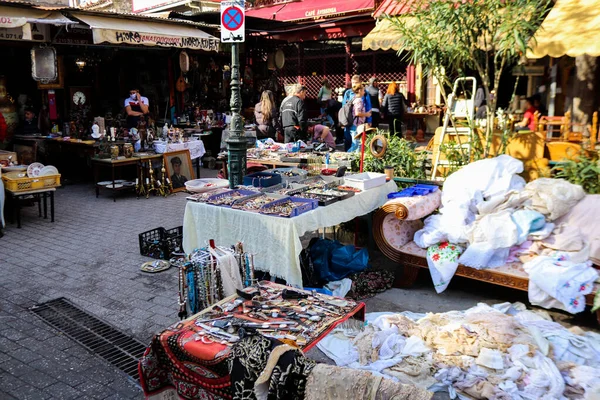
The steep streets of Galata hide numerous shops specializing in vintage European goods, antique furniture, and curiosities from Istanbul’s cosmopolitan past. Many dealers focus on items from the late Ottoman period and early Republican era, when Istanbul’s international communities left behind traces of their diverse cultures.
The market reflects the neighborhood’s history as home to foreign merchants and diplomats, with merchandise that reflects the city’s connections to Europe and beyond.
Ortaköy Artisan Market

This weekend market along the Bosphorus features contemporary Turkish artists and craftspeople selling handmade jewelry, textiles, and decorative items in a scenic waterfront setting. The market combines traditional Turkish handicraft techniques with modern designs, appealing to both locals and visitors seeking unique contemporary pieces.
The location beneath the Bosphorus Bridge creates a dramatic backdrop for shopping, with vendors who often work on their crafts while selling to provide demonstrations of traditional techniques.
Like Travel Pug’s content? Follow us on MSN.
Fatih Wednesday Market

This neighborhood market serves one of Istanbul’s most traditional districts with a weekly bazaar that focuses on practical goods needed by local families. The market operates according to Islamic customs and traditions, with many vendors taking breaks for prayer times and offering goods that meet religious dietary requirements.
The atmosphere here provides insight into how traditional Turkish communities maintain their customs and shopping habits in a rapidly modernizing city.
Sultanahmet Carpet Sellers
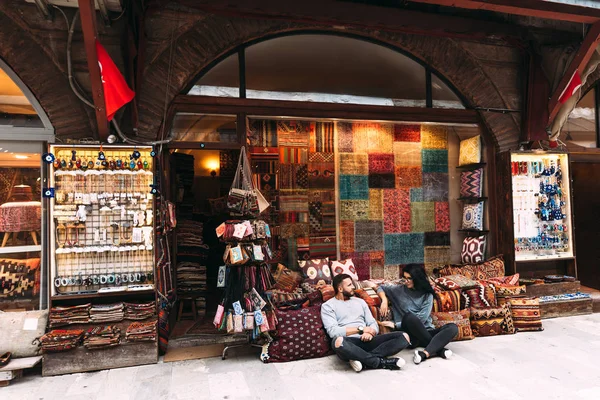
The area around the major tourist sites features numerous carpet shops that represent different regional weaving traditions from across Turkey and Central Asia. These merchants often possess deep knowledge of carpet construction, regional patterns, and historical significance, making shopping here an educational experience about Turkish textile arts.
Many shops offer authentication certificates and shipping services, recognizing that carpet purchases often represent significant investments for international buyers.
Karaköy Design Market
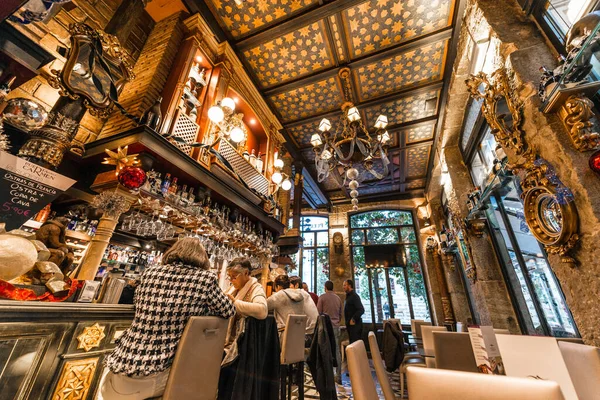
This contemporary market in a renovated historical building showcases modern Turkish design alongside traditional crafts, creating a bridge between old and new Istanbul. Young entrepreneurs and established artisans share space in this curated environment, offering everything from modern ceramics to updated versions of traditional textiles.
The market demonstrates how Istanbul’s creative community continues to innovate while respecting traditional crafts and techniques.
Like Travel Pug’s content? Follow us on MSN.
Beşiktaş Saturday Market
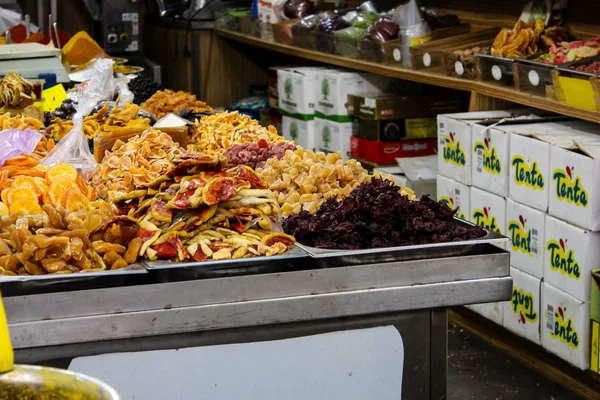
This large outdoor market serves several neighborhoods with fresh produce, clothing, and household goods in a bustling atmosphere that captures the energy of modern Istanbul life. The market operates with impressive efficiency despite its size, with vendors who specialize in specific products and loyal customers who know exactly where to find their preferred suppliers.
The diversity of both merchants and shoppers reflects Istanbul’s position as a meeting point of different cultures and economic levels.
Vefa Neighbourhood Bazaar
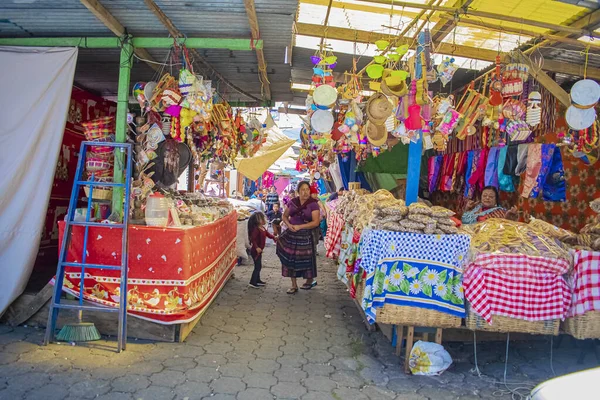
This small traditional market serves one of Istanbul’s oldest residential neighborhoods with shops that have remained largely unchanged for decades. The area specializes in traditional Turkish foods and household items, with vendors who often know their customers personally and can provide customized service based on family preferences.
The market represents how neighborhood commerce traditionally operated in Istanbul, with personal relationships and community connections playing important roles in business transactions.
Timeless Commerce Continues
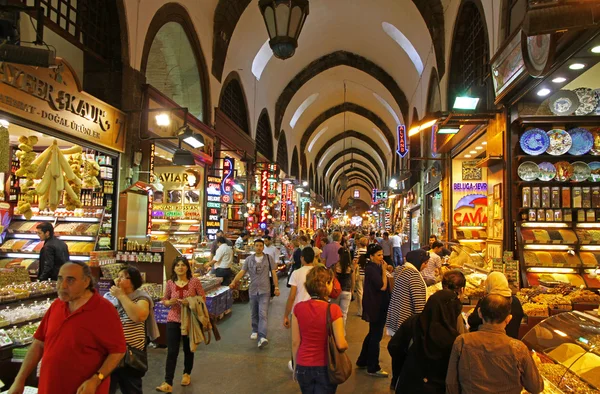
These traditional markets prove that ancient commercial traditions can thrive in a modern metropolis, adapting to contemporary needs while maintaining their essential character and cultural significance. Istanbul’s markets continue to serve as social gathering places where different communities interact, bargain, and maintain connections that extend far beyond simple commercial transactions.
The survival and success of these markets demonstrate that authentic cultural experiences remain valuable in an increasingly globalized world, offering both residents and visitors connections to Istanbul’s rich mercantile heritage.
Like Travel Pug’s content? Follow us on MSN.
More from Travel Pug

- 20 Best Beach Towns in the Carolinas
- 13 Destinations Where Tourists Regularly Regret Their Trip
- 20 Things You Actually Get in First Class
- 20 Small Airports With Aviation Museums
- 20 Places in the U.S. That Are Perfect for a Reset Trip
Like Travel Pug’s content? Follow us on MSN.
